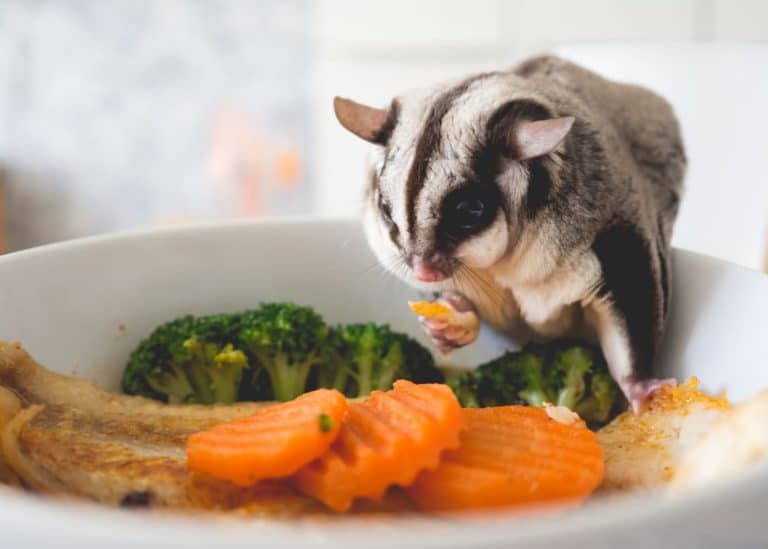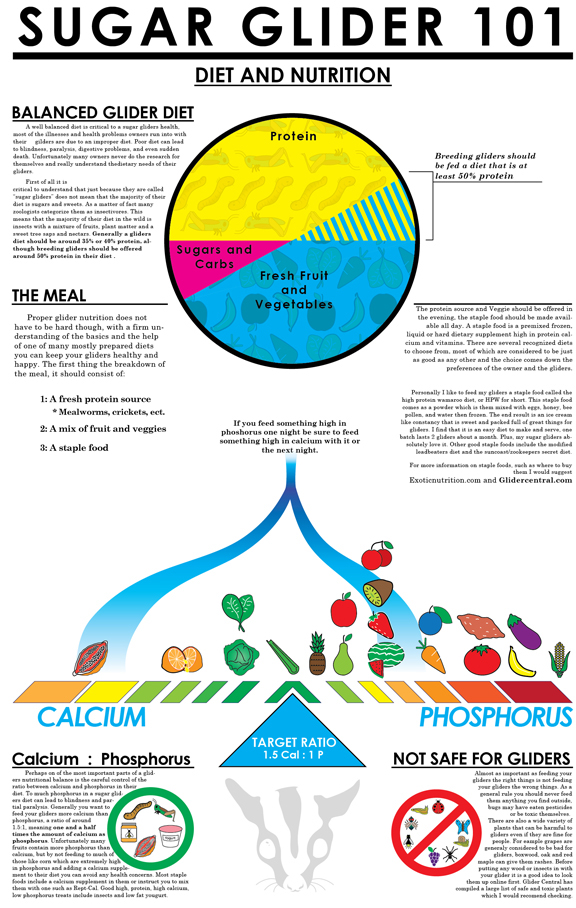


The earliest Petaurus species occurred in Australia 4.46 million years ago. The genus Petaurus is believed to have originated during the early to mid Miocene period (18 to 24 million years ago), then dispersed from New Guinea to Australia where Australian Petaurus species diverged.

Members of Petaurus are popular exotic pets and are frequently also referred to as "sugar gliders", but these are now thought to likely represent another species from West Papua, tentatively classified in Krefft's glider ( P. The sugar glider is native to a small portion of southeastern Australia, in the regions of southern Queensland and most of New South Wales east of the Great Dividing Range. The animal is covered in soft, pale grey to light brown fur which is countershaded, being lighter in colour on its underside. Gliding serves as an efficient means of reaching food and evading predators. The sugar glider is characterised by its pair of gliding membranes, known as patagia, which extend from its forelegs to its hindlegs. The scientific name, Petaurus breviceps, translates from Latin as "short-headed rope-dancer", a reference to their canopy acrobatics. They have very similar habits and appearance to the flying squirrel, despite not being closely related-an example of convergent evolution. The common name refers to its predilection for sugary foods such as sap and nectar and its ability to glide through the air, much like a flying squirrel. The sugar glider ( Petaurus breviceps) is a small, omnivorous, arboreal, and nocturnal gliding possum.


 0 kommentar(er)
0 kommentar(er)
